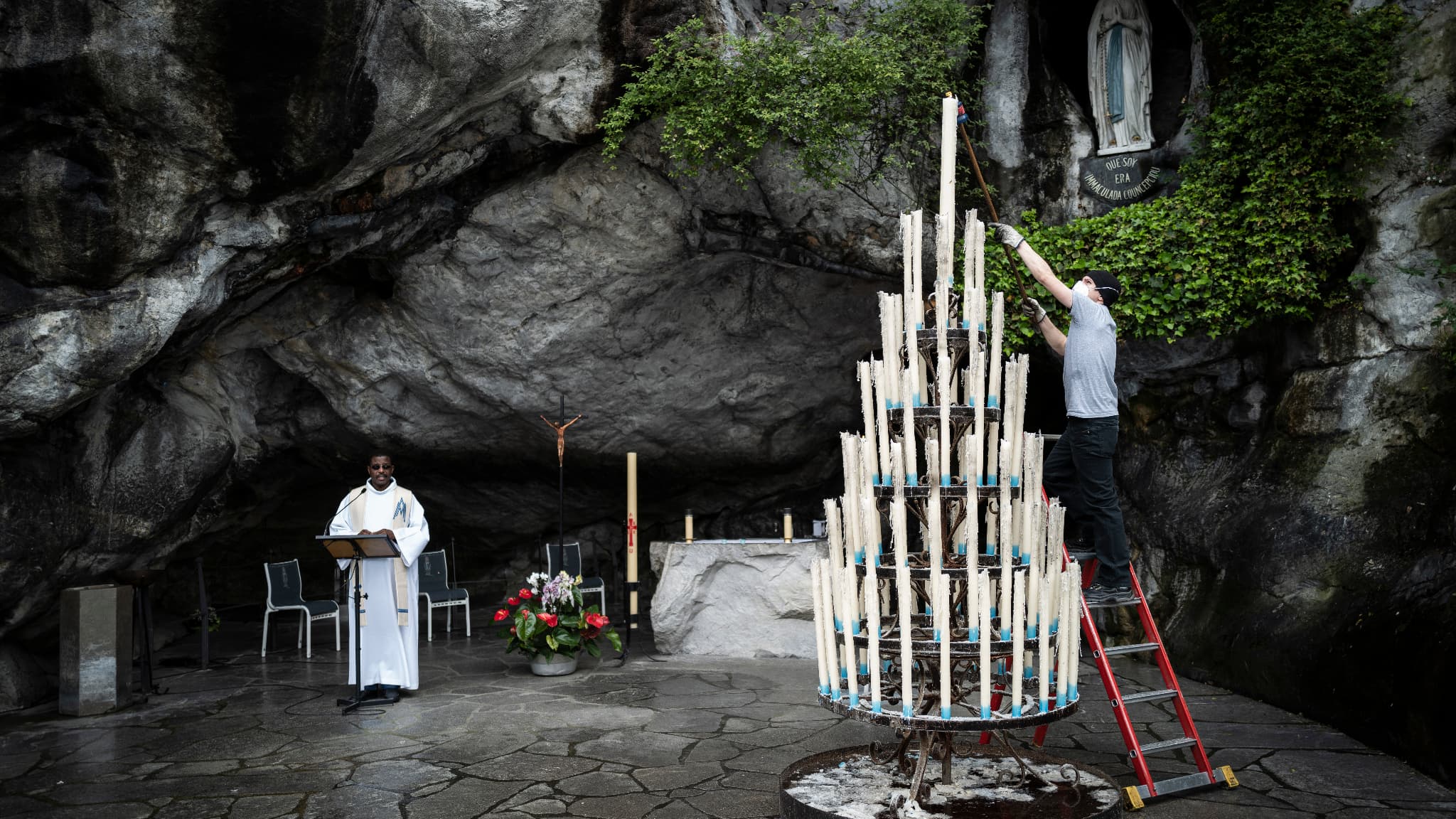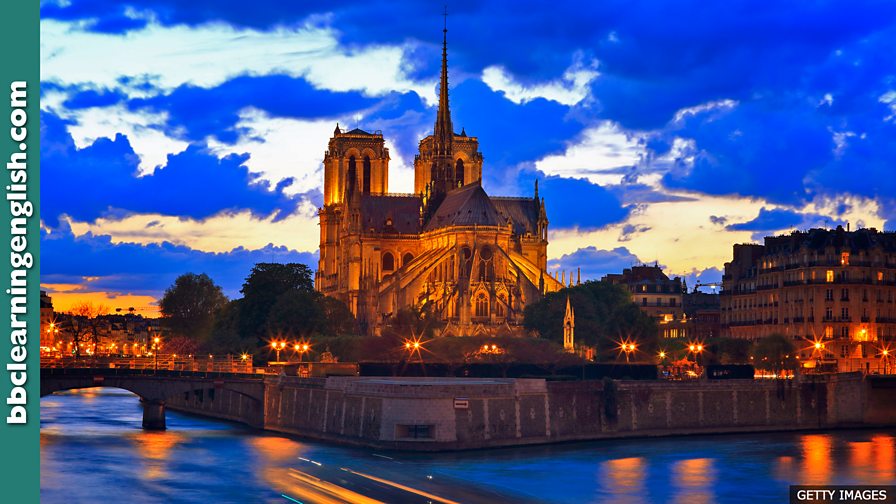
“Like all of our compatriots, I’m sad tonight to see a part of us burning,” Emmanuel Macron, the president of France, said on Twitter. We share the sadness and fright of our colleagues at DRAC Île-de-France Ministère de la Culture et le Centre des monuments nationaux.” In a statement, Elisabeth Taburet-Delahaye, director of Paris’s Musée de Cluny and Musée du Moyen Age, two institutions specializing in medieval art, said, “This morning, our staff is stunned, like everyone in France.

“It’s so important, whether you’re religious or not religious. “For French people, it’s a national symbol,” he said. “No words.” It’s essential, he added, that the cathedral get rebuilt. “It’s something that you can’t imagine, happening right before your eyes,” he said. Kamel Mennour, who runs a gallery with locations in Paris and London, said he was walking home when he saw the fire break out.

So central is the church to the country’s image that, when France was liberated from Nazi control in 1944, Charles de Gaulle led a parade down the Champs Elysées that culminated at the cathedral. “Statues, stained glass, rose windows, arabesques, denticulations, capitals, bas-reliefs-she combines all these imaginings according to the arrangement which best suits her,” Victor Hugo once wrote. Notre-Dame has long been central to French identity. But no happening in the centuries-long history of the cathedral may prove as damaging as Monday evening’s fire. During the 16th century, the Huguenots damaged statues housed in the cathedral, and during the French Revolution, in the 18th century, when Notre-Dame was used to store food, artifacts of all kinds were plundered and destroyed. Over the years, the cathedral has weathered a number of destructive events. The Louvre expresses its deepest admiration and solidarity with those who are currently battling the flames.” In a statement posted to social media, the Louvre said, “The fire which has struck Notre Dame Cathedral in Paris is a tragedy for World Heritage. Though whether any damage has been done to works inside the cathedral remains unclear, it is known that 16 copper sculptures were removed last week from Notre-Dame as part of the ongoing restoration efforts, which began in 2017 and are estimated to cost roughly €150 million (about $169.5 million). In addition to its architecture, Notre-Dame is well known for the sculptures and paintings that dot its walls. The cathedral is prized today for its large stained-glass rose window and its rib vaulting, and it has become one of Paris’s most iconic monuments.ĬHARBONNIER NATHANAEL/NEWS PICTURES/REX/SHUTTERSTOCK “It has survived so much-from the French Revolution to Nazi occupation-to watch its devastation is excruciating.”Ĭonstruction on Notre-Dame began in 1160 and was largely completed by the end of the 13th century. “Notre-Dame Cathedral is the very soul of Paris but so much more-it is a touchstone for all that is the best about the world, and a monument to the highest aspirations of artistic achievement that transcends religion and time,” Barbara Drake Boehm, a senior curator at the Cloisters, a New York museum of medieval art run by the Metropolitan Museum of Art, said in a statement. And it is not as if we had already learned all of this cathedral’s secrets.” While there are many cathedrals like it in France, he said, “every structure is different-the manner of building, the materials, the style and aesthetic effect, and so on. Maxwell added that losing parts of Notre-Dame to the fire might permanently hinder art-historical research. “But the original 13th-century wood, stone, and mortar will be lost-all traces of medieval techniques and architectural skill-and so all that we might one day have learned from them will also be irremediably lost.”

Maxwell, a professor at the Institute of Fine Arts in New York, said in an email. “In terms of the structure and rebuilding, what isn’t lost can be repaired and one can restore the general image of the cathedral by rebuilding walls with modern stone or replacing the carpentry roof with modern wood,” Robert A. Preliminary results from the investigation suggested that the fire was started accidentally. The cathedral is currently undergoing renovations, and BBC News said that these efforts may have caused the blaze.Īt around 11 p.m., one official said that the fire was contained, and that it had not spread to the northern belfry, though two-thirds of the roof have been “ravaged” by the fire.

Later in the evening, the blaze spread to a roof near the spire. The New York Times reported that the cathedral’s spire had caught fire, with alarms sounding around 6:30 p.m.


 0 kommentar(er)
0 kommentar(er)
